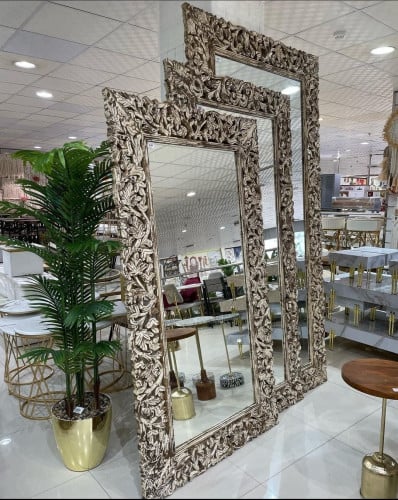
معلم تفصيل مرايا بالشرقية 0538126665 تصميم تركيب مرايا جدارية بالخبر الدمام القطيف - معلم ديكورات الخبر

X 上的 لمسة إبداع #ديكورات:「ديكور واجهة #مدخل مرايا +خشب https://t.co/ciDSIEXYRl📲 https://t.co/wLBAKt7yKi」 / X

مرايا فانيتي تثبت على الحائط من الخشب الصلب الاوروبي، مراة حمام للمدخل، مراة ديكور تعلق على الحائط، مراة مكياج امريكية، افضل هدية (اللون: بني، المقاس: 61 × 79 سم) : Amazon.ae: المنزل والمطبخ

مدخل ببديل الخشب مع مرايا بإضاءه مخفيه * * (للطلب والاستفسار إرسال المقاسات المطلوبه على الدايركت او الواتس) * سناب شات 👻 decorezma * … | Instagram




















